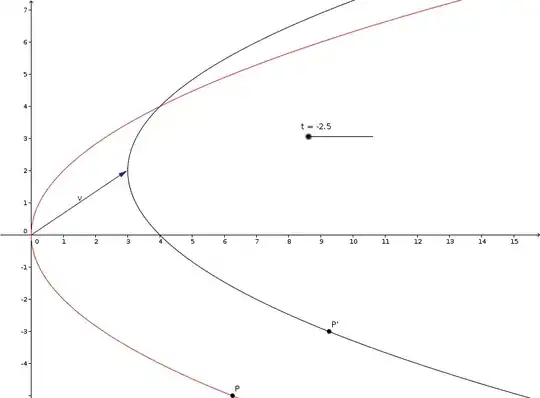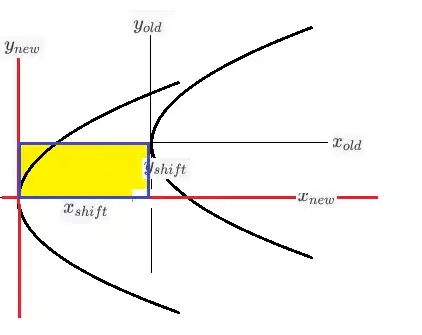Let's look at a parabola with an equation $(y-k)^2=4a(x-h)$. I'm struggling to understand why its parametric equation would be $x=h+at^2$ and $y=k+2at$. Since it is being subtracted by $h$ and $k$ respectively, why would its $x$ and $y$ values increase/have $h$ and $k$ added to them instead?
I understand that since each $x$-value is being subtracted by $h$, each $x$-value needs to be $h$ bigger to "achieve" the same y-value. But that also means that for each $y$-value, each $x$-value will be h smaller right? So how does subtracting by $h$ increase the value of $x$ by $h$, as shown in the parametric equation $x=h+at^2$? I ask the same question for $y=k+2at$.
Anyways, I have no idea what the "x" output the parametric equation gives out even means? Does the parametric equation give out the x-value which will be inputted into the equation? But then no matter where the graph is, that doesn't change what x-value would be inputted into the equation, right? So why would subtracting x by h change the parametric equation of x either, if x will remain unchanged?
Or does the parametric equation give out the x-value as in the x-value to be plotted on the graph? But then if so, I still don't get why the sign would be +h, instead of -h. Yes, in the graph, for every y-value, the x-value of a graph y^2=4a(xx-h) would be left of the original graph. But how do we know the parametric equation refers to the x-value for every given y-value. And if that is not what is referred to by the parametric equation, why are we subtracting?
Can someone explain this to me as simply as possible, since I'm still a beginner. I'm just putting this as a precaution, and try not to use Calculus in the response, since I haven't learnt it yet.

